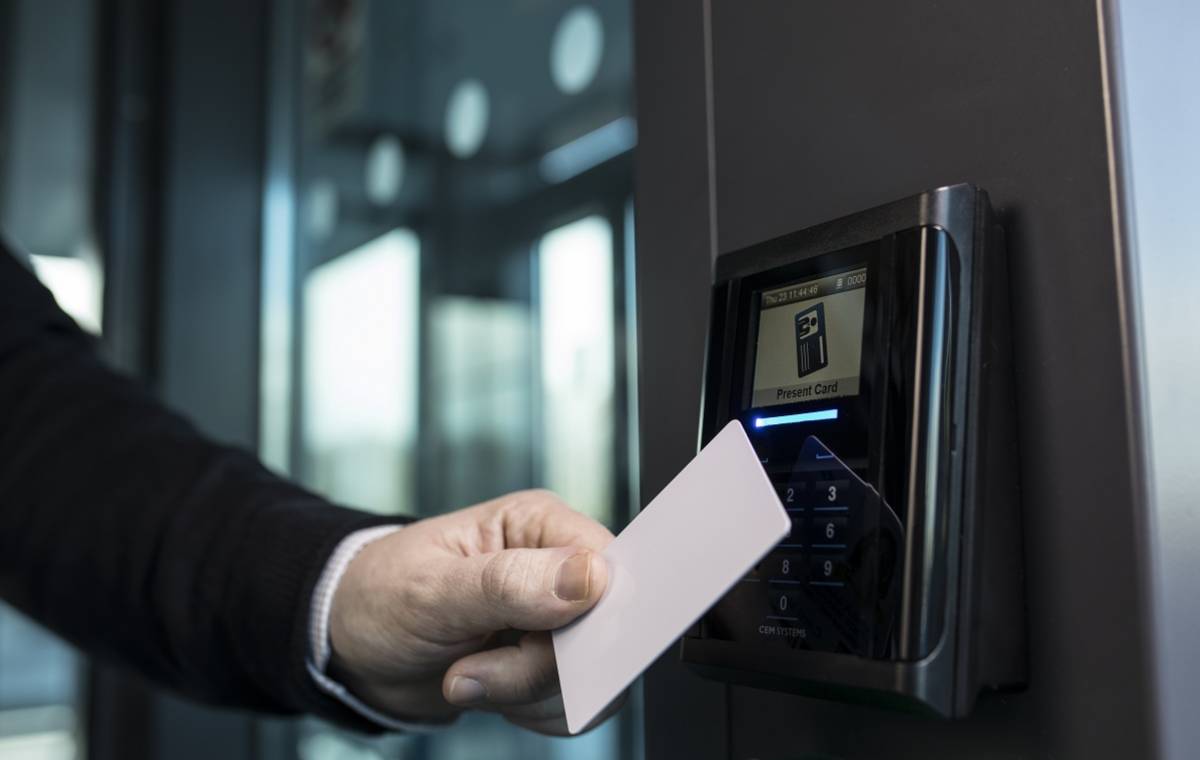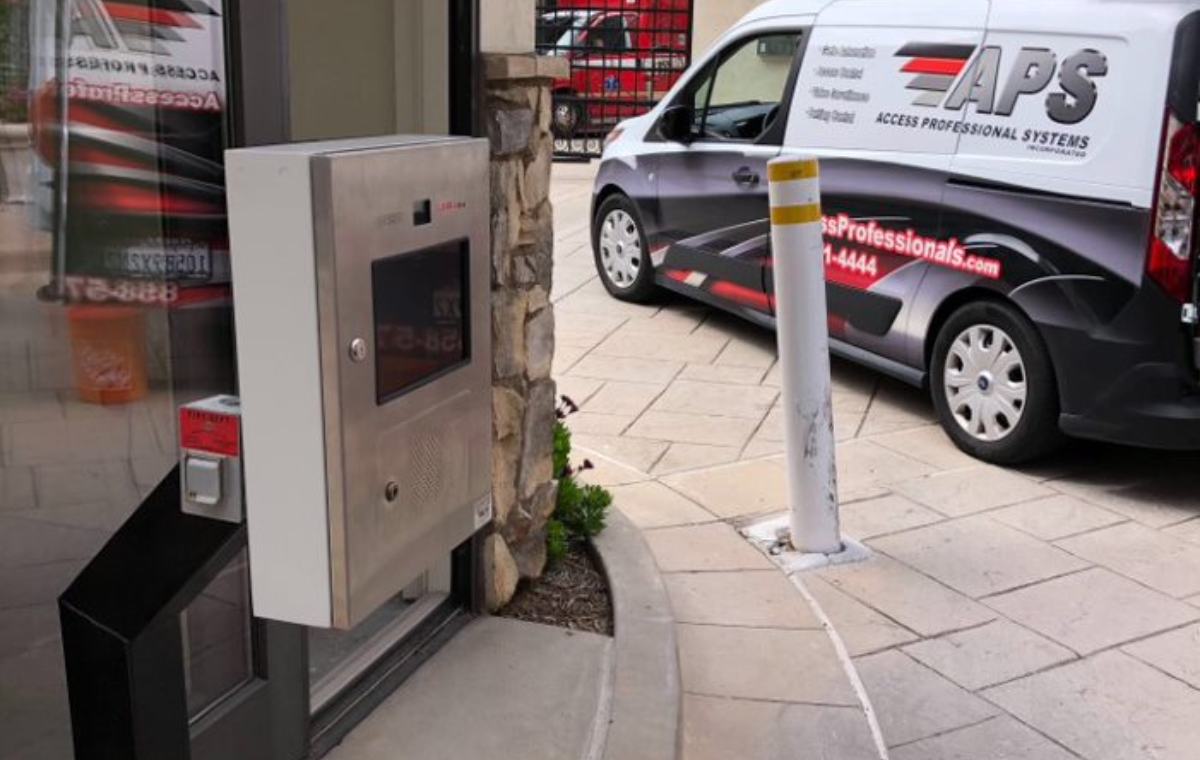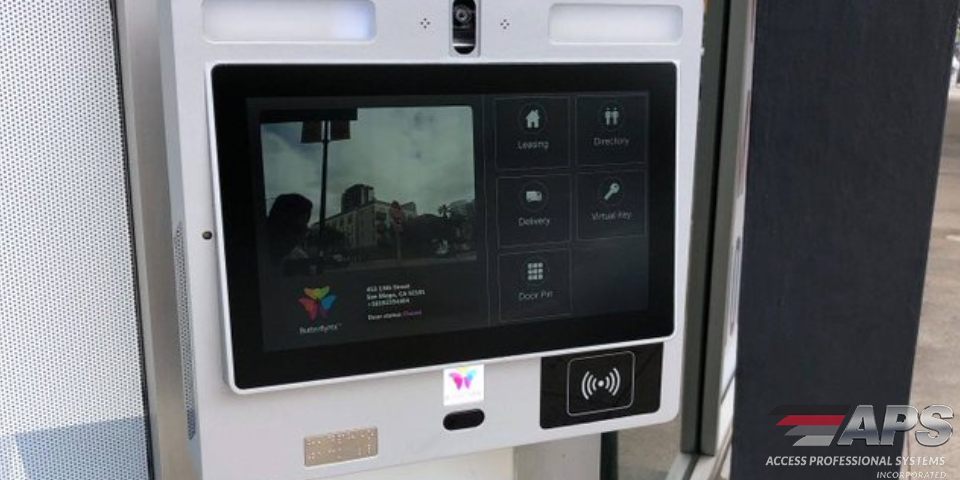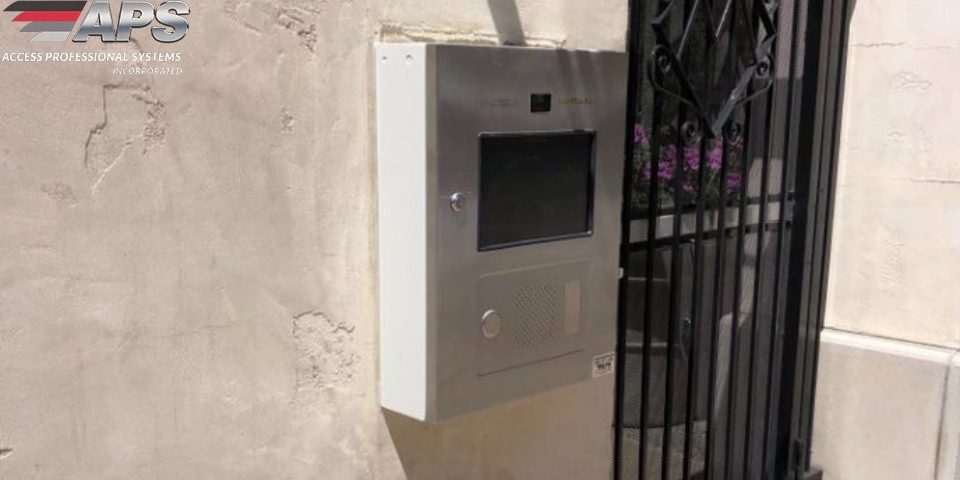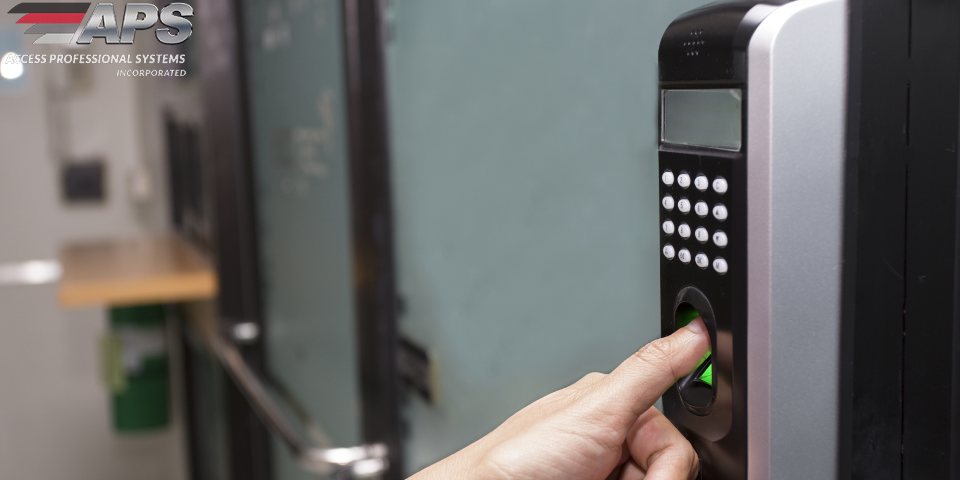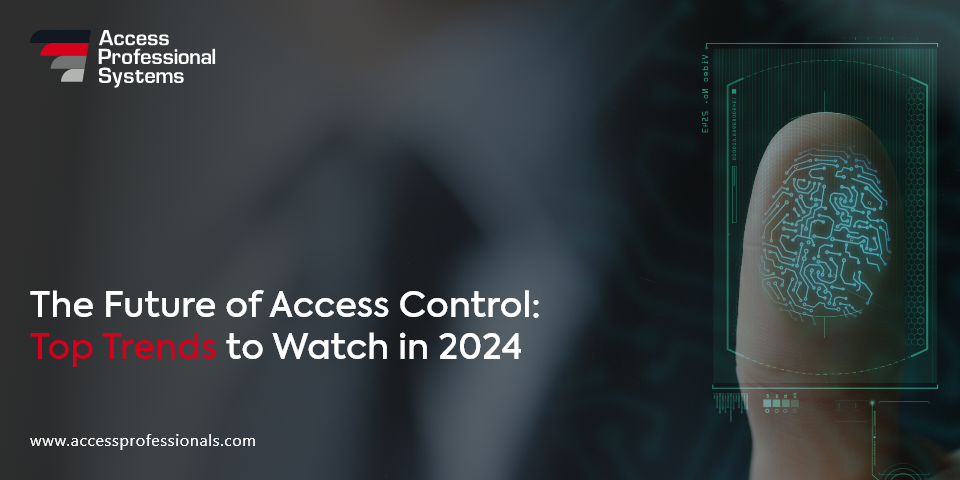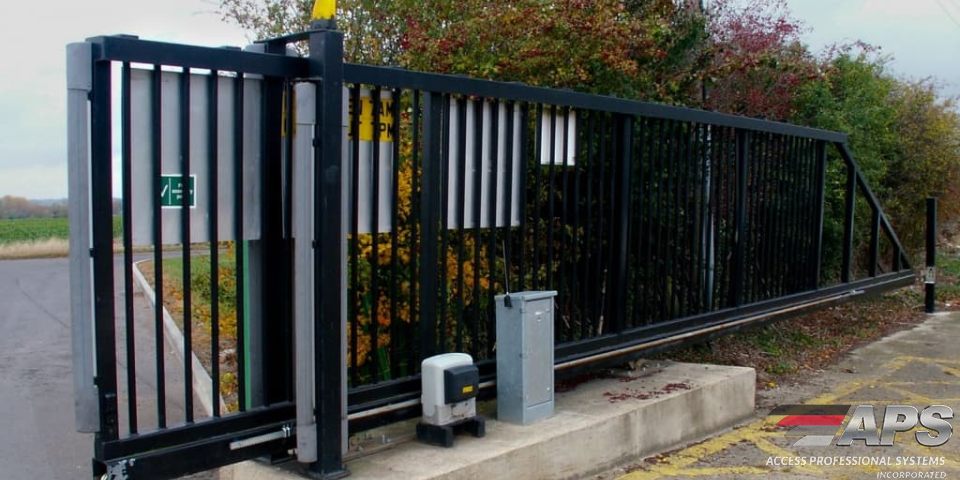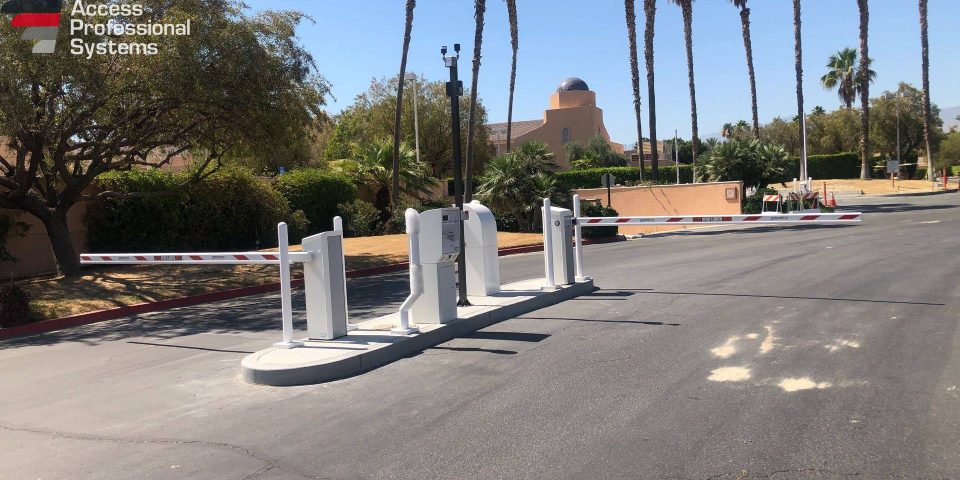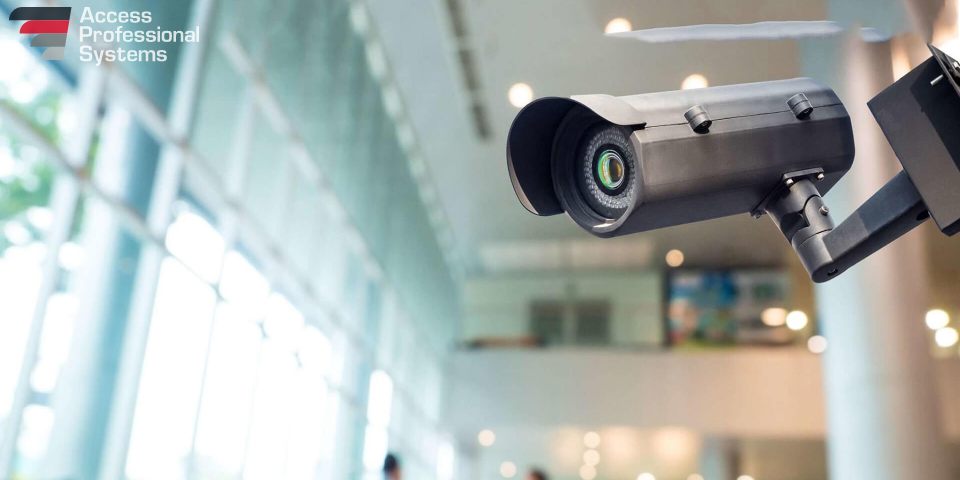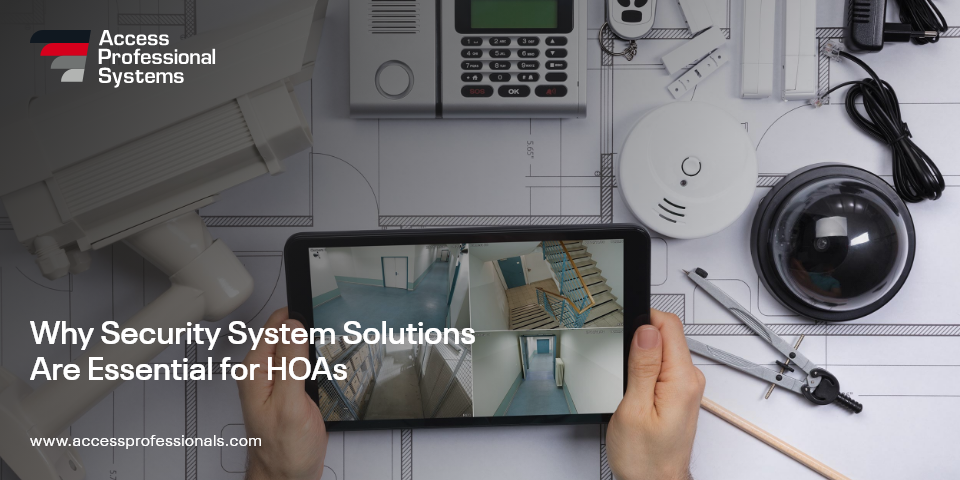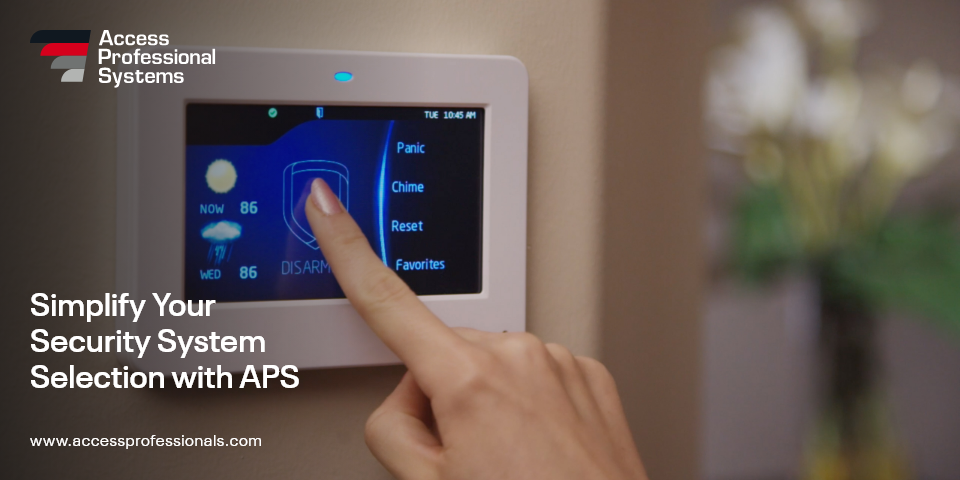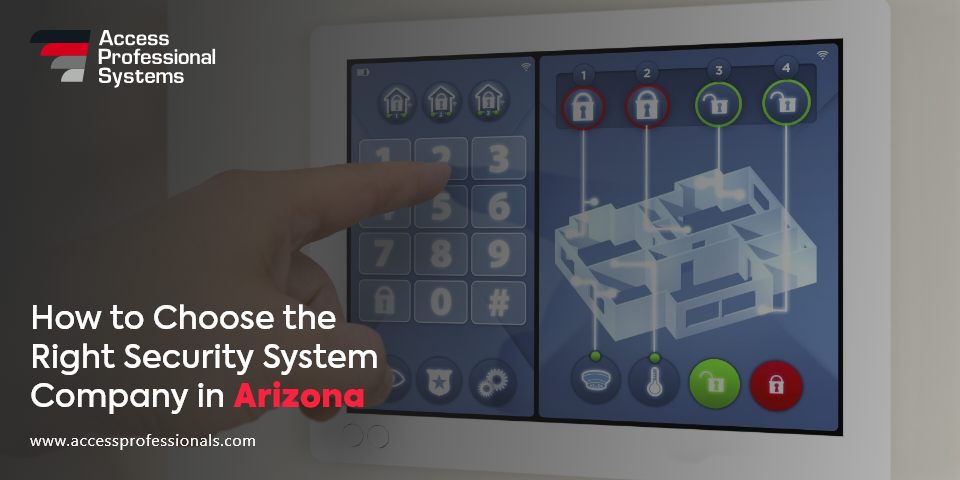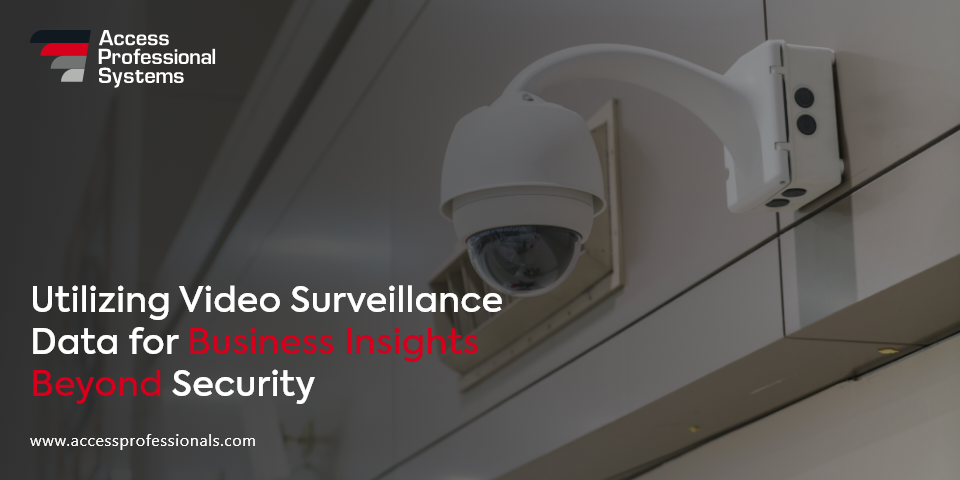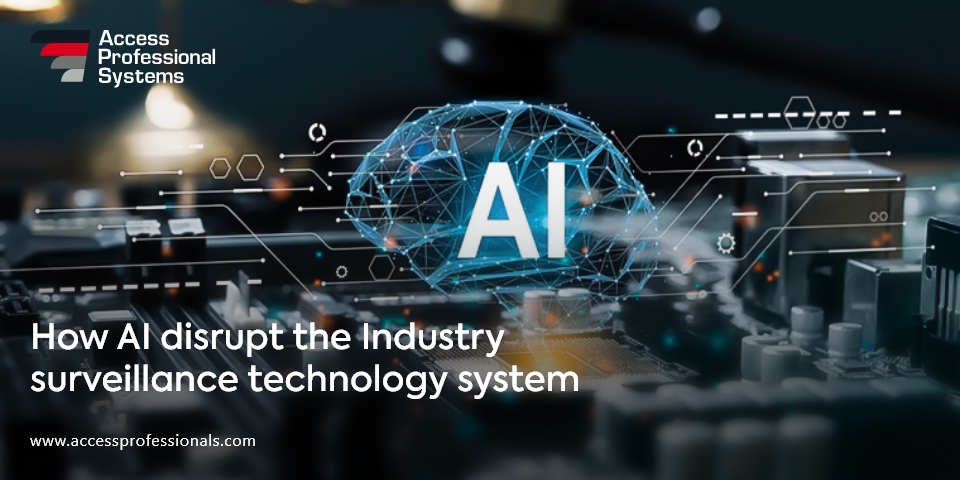
The Evolution of Access Control: From Keys to Biometric Systems
Bill Gates once insightfully remarked, “We’re changing the world with technology.” This statement is particularly resonant within the domain of access control systems, where technology has transitioned from traditional mechanical keys to sophisticated, intelligent systems. Modern access control is characterized by keyless entry systems, smart access control solutions, and advanced security technologies.
These advancements extend beyond merely enhancing security; they simplify and streamline operations, representing a significant evolution from conventional methods to innovative modern access control methods such as biometric and key card systems. Driven by commitment to continual improvement, these systems point towards a future where security is seamlessly integrated into our daily environments, supported by gate automation systems and the ongoing evolution of access control technology.
From Mechanical Keys to Electronic Access
The era of mechanical keys, while simple, came with significant security risks and lacked the flexibility needed in contemporary security scenarios. The introduction of key card access systems marked a critical pivot, ushering in a more secure and manageable approach to access control. These systems not only enhanced our ability to control who could enter specific areas but also allowed for the swift deactivation of lost or stolen cards, thereby boosting overall security.
The Rise of Keyless Entry Systems
As technology advanced, so did the popularity of keyless entry systems. Offering superior security and unmatched convenience, these systems eliminated the need for physical keys, transforming the way we manage and monitor access. Their flexibility ensures that only authorized personnel can access sensitive areas, streamlining security operations and removing the cumbersome need for traditional keys.
Smart Access Control Solutions and Advanced Security Technologies
The integration of smart technology in access control systems heralds a new era in security measures. These aren’t just systems for restricting entry; they represent a comprehensive approach to security management and operational efficiency.
- Networked Control: Smart access control solutions are often networked, allowing for remote management from anywhere in the world. This capability enables instantaneous adjustments and real-time monitoring, ensuring that security protocols are maintained without the need for physical presence.
- Real-Time Monitoring: These systems provide immediate data on access activities, essential for maintaining secure environments. Quick responses to security breaches or unauthorized access attempts are now more manageable.
- Biometric Integration: Advanced security technologies now frequently include biometric verification methods, such as fingerprint and facial recognition, offering a higher level of security by ensuring that only authorized individuals gain access.
- Artificial Intelligence (AI): The integration of AI enhances the functionality of access control systems. AI algorithms can analyze behavioral patterns, predict potential security threats, and automate responses, such as locking down areas in response to unusual activities.
- Enhanced Security Features: Features such as real-time alerts and automated system updates keep security measures both current and proactive. These alerts enable security personnel to act swiftly in preventing breaches.
Biometrics: Setting the Gold Standard
Biometric systems set a high standard in the evolution of access control technologies. By utilizing unique personal identifiers such as fingerprints, iris patterns, or facial features, biometric systems deliver unparalleled security and accuracy.
- Enhanced Security: These systems offer a level of security difficult to replicate or forge due to their reliance on unique physical characteristics. Additionally, the personal nature of biometric data such as fingerprints or facial recognition adds an extra layer of security that is inherently linked to the individual user, making unauthorized access almost impossible.
- Reduced Fraud: With biometrics, the risk of security breaches and fraud significantly decreases as access is granted solely to verified individuals. This direct verification process minimizes the chances of identity theft or access card duplication, thus safeguarding sensitive areas more effectively.
- Elimination of Access Card Costs: Transitioning to biometrics can reduce or eliminate costs associated with managing traditional access cards. This not only includes the direct costs of producing and distributing cards but also the administrative overhead of tracking and replacing lost or stolen cards.
- Improved User Convenience: Biometric systems simplify the access process, allowing individuals to gain entry effortlessly. Without the need to carry keys or remember codes, people can move more freely with less to manage, enhancing user experience while maintaining security.
- Quick Authentication: These systems provide quick and accurate verification, reducing wait times and improving the flow of traffic in high-security areas. The speed of biometric systems ensures that security does not become a bottleneck, thus supporting the efficiency of operations without compromising safety.
Gate Automation Systems
Gate automation systems enhance the foundational security of any facility. They provide automated and controlled entry and exit, integrating seamlessly with various access control technologies to establish a comprehensive security network. Whether securing a private community or a complex industrial site, gate automation is important in ensuring efficient and secure access management.
The Future of Access Control
The horizon for access control systems is marked by deeper integration and smarter capabilities. The sector is evolving towards systems that not only communicate flawlessly with other building management systems but also incorporate advanced features such as predictive analytics and further AI integration. These developments aim to deliver more intuitive, user-friendly interfaces that enhance security protocols without sacrificing operational efficiency.
Access Professional Systems at the Innovation Forefront
As the security field rapidly evolves, Access Professional Systems continues to lead, championing cutting-edge solutions tailored to modern needs. Committed to innovation, APS ensures its systems are ready for the future, promising revolutionary advances in access control.
We look forward to hearing from you!
Share:








